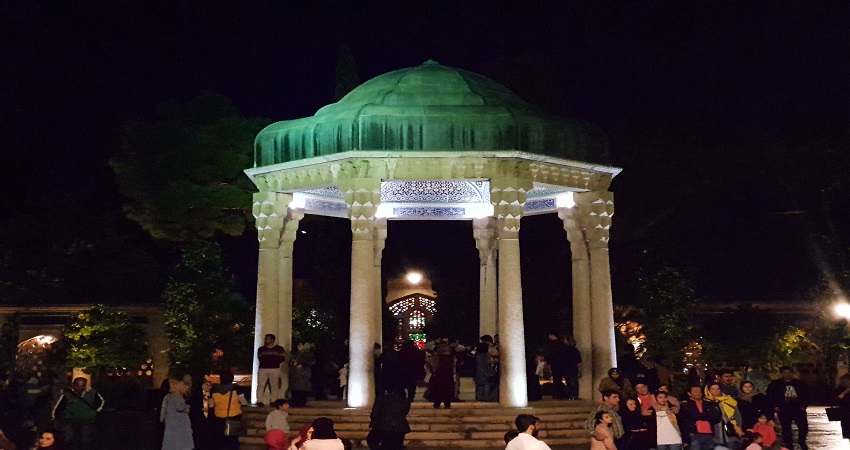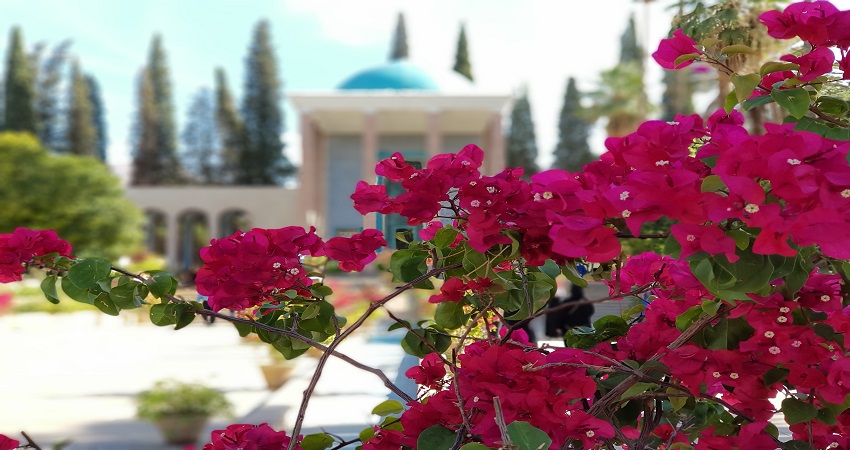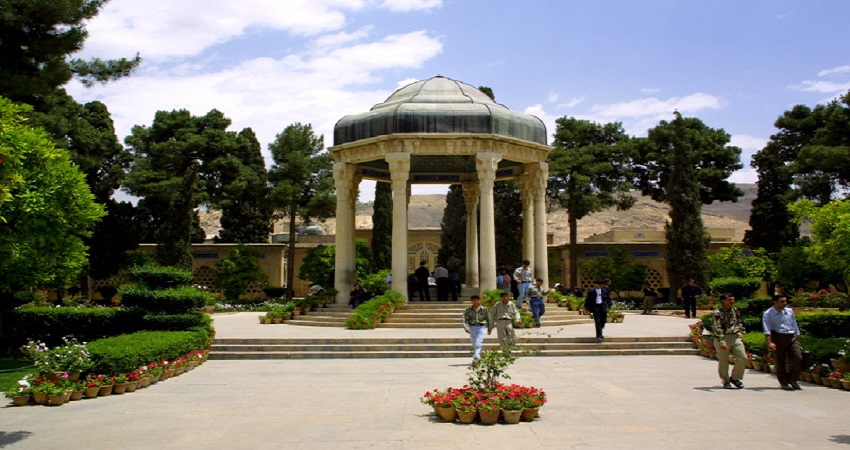The Poets of Shiraz

Best Museums of Iran
November 24, 2019
Meet the People
November 25, 2019The Poets of Shiraz
Celebrated as the heartland of Persian culture for over 2000 years, Shiraz has become synonymous with education, nightingales, poetry. A city of poets, Shiraz is home to the graves of Hafez and Saadi both major pilgrimage sites for Iranians.
There is no better place to understand Hafez’s place in the nation’s psyche than his tomb and the memorial garden within which it is set. Iranians have a saying that every home must have two things: first the Quran, then a collection of the works of Hafez.
Sunset is the most popular time of day for Iranians to gather at the garden to pay their respects; some come to perform the fall-e Hafez, a popular ritual in which a volume of Hafez’s works is opened randomly and the future interpreted therein.

How Iranian visit the Mausoleum of Hafez?
For Iranians, visiting the Hafez Mausoleum is like going to a relative`s Tomb. Some proceed to request Hafez to talk to them through bis poems and tell them about the stat of their lives or give them some wise advice through the words in his poems.
Then, they open their eyes and open the book on any page it randomly opens and continue to read it enthusiastically, The concepts and topics mentioned in Divan-e-Hafez, his complete works, are so life-related and overwhelmingly attractive that one connects to them easily as if the poet is living at this time and offers us his wise words in a friendly manner to enrich our lives.
Mausoleum of Saadi during the Pahlavi era is dedicated to Sheikh Mohammed Shams-e-Din, simply Known as Saadi- a poet who lived and died between 1207-1291.
Set amid generous gardens of evergreens, bitter orange, and roses, appropriate to a man who wrote so extensively of flowers, it is a tranquil place that makes a pleasant respite from the noise of the surrounding city.


